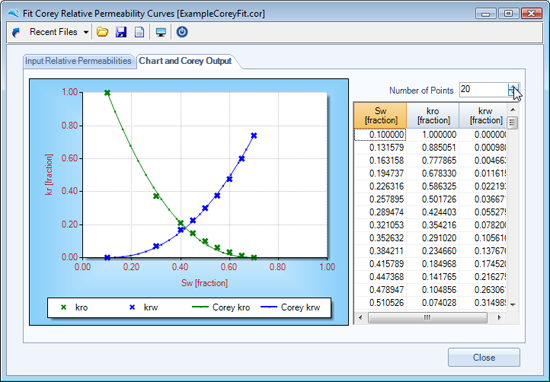Waterdrive Product Details
Waterdrive is a collection of classical Waterdrive calculations and routines intended for Petroleum Reservoir Engineers to :
1. Analyse the water-oil displacement processes for both homogeneous single layer and heterogeneous multi-layered systems, and permit the calculation of waterflood performance with time for oil recovery, producing watercut and water injection.
Laurie Dake's two textbooks, namely :
"Fundamentals of Reservoir Engineering", Elsevier, 1978-1985
"The Practice of Reservoir Engineering", Elsevier, 1994-2001
are probably the most referenced technical manuals within the discipline of Reservoir Engineering.
Perhaps the most fitting tribute to these books can be found on amazon.com from Malcolm Pye, of the former UK's Department of Trade and Industry.
"...This book tells you all you need to know about reservoir engineering.
Chapter 5 is Laurie's masterpiece, 150 pages on waterdrive which could be published as a book in its own right. Drawing on examples from the North Sea, the biggest laboratory ever for the study of waterdrive it demolishes the misconceptions that have grown up over relative permeability curves and stresses the importance of the fractional flow equation in understanding fluid displacement. "
The techniques, presented within these two books, form the basis for the routines contained within this section.
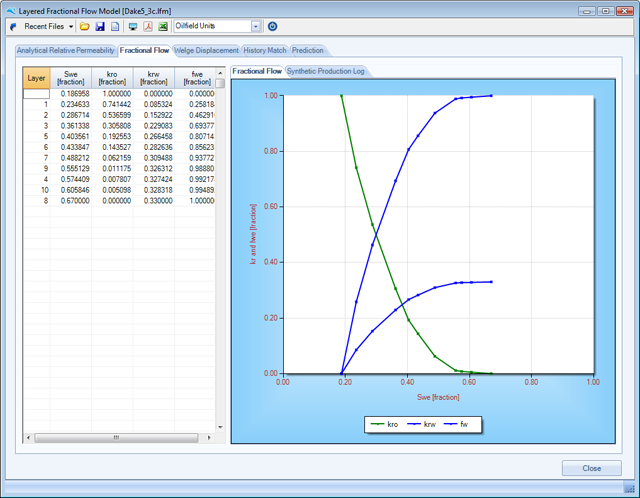
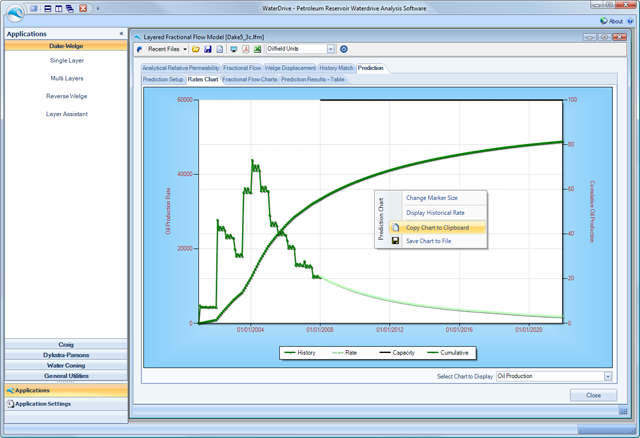
2. Examine and interpret the waterdrive performance of reservoirs, or numerical simulation models, from an inspection of their production & injection history, by solving Welge's equation in reverse.
3. Calculate the waterflood performance with time for a five-spot pattern, using the approach of Craig, Geffen, and Morse for relating oil recovery and producing WOR to cumulative injected water.
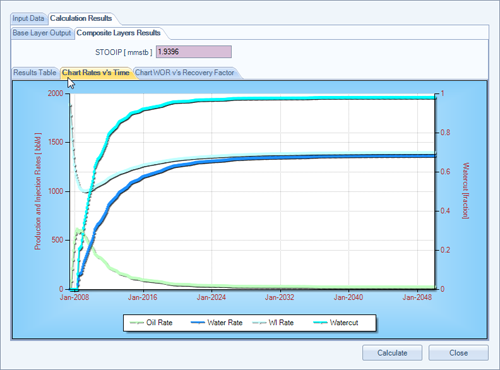
4. Calculate Dykstra-Parsons and Lorenz Heterogeneity coefficients.
5. Calculate the waterflood performance with time, using two approaches based on the original work of Dykstra-Parsons, which also relates oil recovery and producing WOR to cumulative injected water.
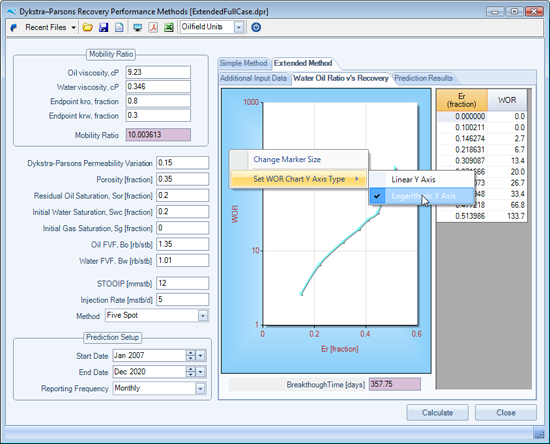
6. For water coning in vertical and horizontal wells, determine the critical flow rate, breakthrough time predictions and performance calculations after breakthrough.
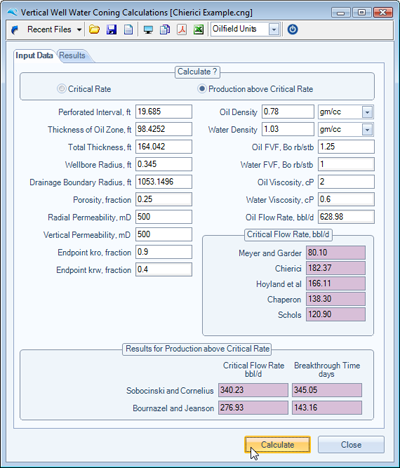
7. Numerous other smaller routines, or general utilities, are provided to allow efficient calculation of mobility ratio, displacement efficiencies, areal sweep, various conversion utilities and fitting Corey curves to relative permeability data.
